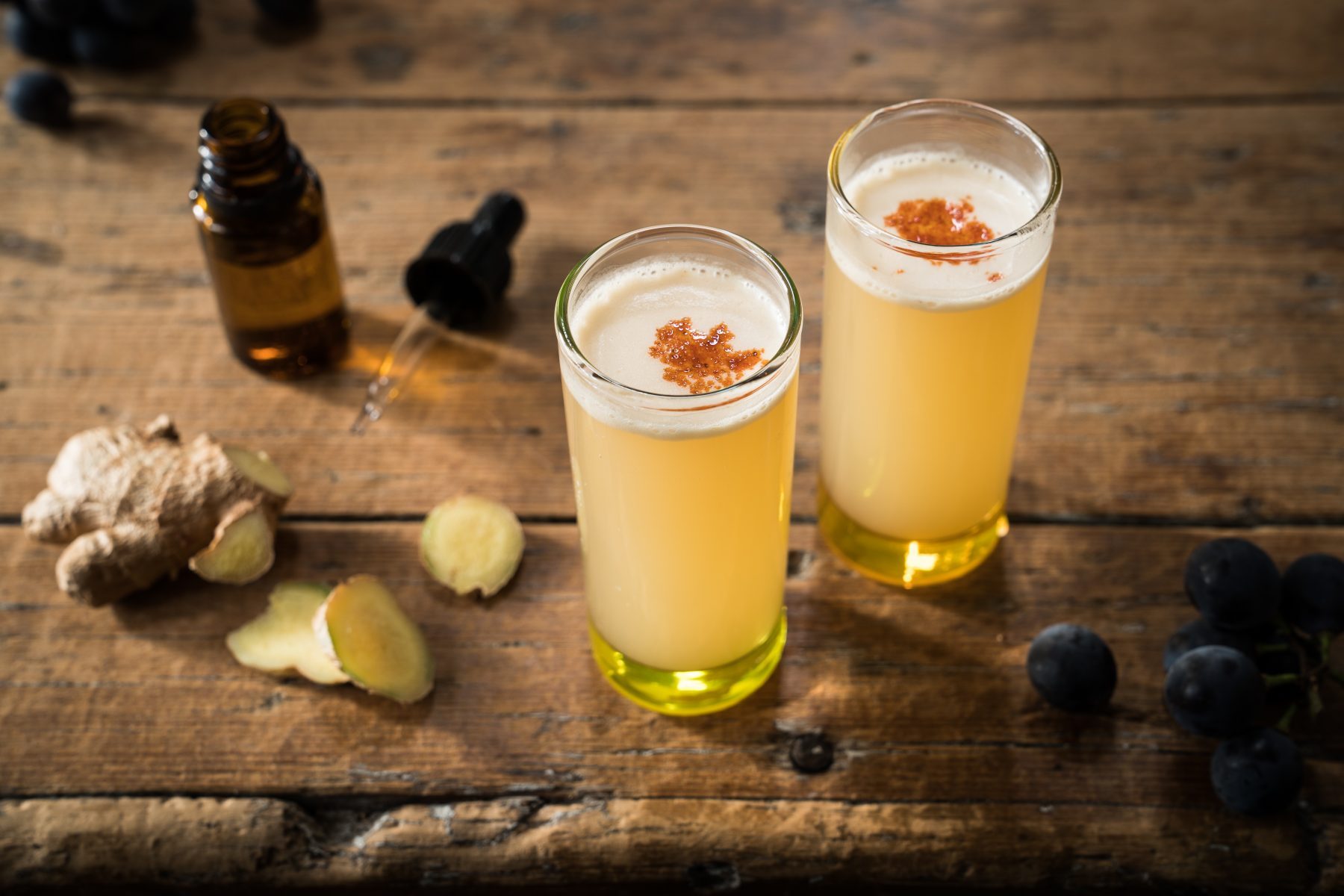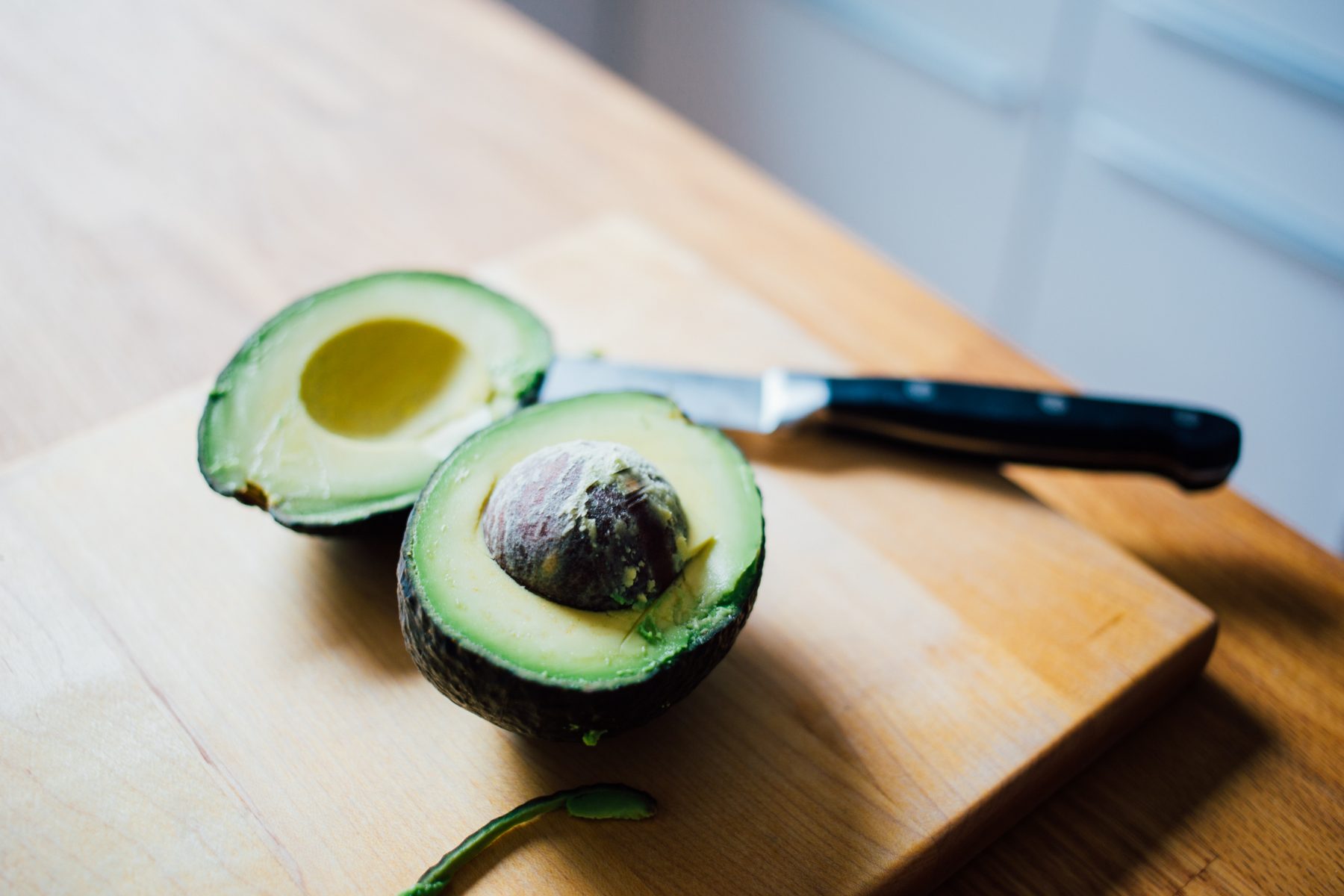Irritable Bowel Syndrome (IBS) can be a minor, occasional annoyance for some people and a debilitating, life-altering digestive disorder for others. Characterized in general by bloating and abdominal discomfort or pain, and more specifically by the designations IBS-D for those with chronic diarrhea, IBS-C for people suffering from ongoing constipation, or IBS-M for “mixed” sufferers whose symptoms bounce from diarrhea to constipation and back again. IBS is estimated to affect up to 25% of Canadians1, or more conservatively 15% of the global population2. Chances are good then that if you’re reading this article you represent the one in four or five Canadians with regular bloating and tummy aches who knows where every decent public washroom is located when outside of your home.
IBS has historically been a “diagnosis of exclusion” meaning that if people with digestive disturbances such as bloating, variable stools, or indigestion as a primary complaint were tested, and those tests came back negative for the more common digestive diagnoses of Celiac disease, Crohn’s disease, diverticulitis, gastritis, or peptic ulcer, then they were considered to have Irritable Bowel Syndrome (a syndrome is a group of symptoms that occur together but for which the root cause may not be clear). Considering the frequency of IBS in the population it is starting to come into its own as a stand-alone diagnosis but with a variety of possible triggers and experiences.
Many people with IBS, whether their experience is predominantly diarrhea, constipation, or both, turn to herbal support and/or dietary changes to ease the pain and severe bloating that often follows a meal. This approach to IBS treatment is of particular value when the IBS is due to a bacterial overgrowth is in the small intestine, a condition called Small Intestine Bacterial Overgrowth (SIBO)3.
What is SIBO?
The small intestine should be a relatively sterile environment that absorbs the nutrients from our diet. The large intestine, by contrast, is densely populated by a plethora of microbes. When bacterial levels in the small intestine get too high they can interfere with nutrient absorption, create excess gas and bloating, and/or alter the basic functioning of the muscles and nerves of the digestive tract leading to constipation and/or diarrhea. Antimicrobial herbs such as Oregano, Olive Leaf, and berberine-containing herbs like Goldenseal, Bayberry, and Oregon Grape Root may be helpful in addressing SIBO and therefore IBS. For best results work with a practitioner trained in the identification and treatment of SIBO.
After antimicrobials, or instead of antimicrobials, IBS patients can follow a low FODMAP. The low FODMAP diet was developed by Monash University in Australia by researchers exploring dietary triggers for IBS patients, and in 2012 they released the low FODMAP diet to the world!
What on Earth does Low FODMAP Mean?
FODMAP stands for Fermentable Oligosaccharides, Disaccharides, Monosaccharides, And Polyols. In a nutshell, these are components in foods that feed different types of bacteria in the gut microbiome, and it appears likely that an imbalance of gut flora is the root cause for causing the symptoms of IBS.
Fermentable
Digested by microbes in a low oxygen environment (in this case the intestines)
Oligosaccharides
Fructans and galactans, aka fructo-oligosaccharides (FOS) and galacto-oligosaccharides (GOS). Fructans are high in wheat, onions, garlic, artichokes, while GOS are predominantly found in beans and legumes. The fructan inulin and other “prebiotics” found in probiotic supplements must be avoided along with the food sources. Many people who feel better on a gluten-free diet may not actually be sensitive to gluten but to the fructans found in wheat and other gluten-containing grains.
Disaccharides
Lactose. Hard cheeses are often tolerated on a low FODMAP diet while milk and cottage cheese are out. Essentially, it is a lactose-free diet but it doesn’t have to be a dairy-free diet unless you have issues with the proteins in dairy products.
Monosaccharides
Fructose…excessive fructose. Some fruits are ok (most berries, grapes, citrus fruit) but those that have higher levels of fructose such as apples, cherries, mangos, and watermelon are out (I know…sorry…I’m just the messenger). And of course, high fructose corn syrup must be strictly avoided. It doesn’t have to be a completely fructose-free diet, but definitely, choose foods that are lower in fructose.
Polyols
Sugar alcohols like mannitol, sorbitol, xylitol, erythritol. Basically, anything ending in “tol”. So a lot of low-carb, paleo bars and desserts sweetened with sugar alcohols are a no-go, but so are foods that are naturally rich in polyols such as cauliflower, mushrooms, avocado, and stone fruit.
The goal of the low FODMAP diet is to starve the types of bacteria that thrive on these fermentable food components to reduce their numbers to a level that doesn’t cause the production of excess gases that interfere with gut function.
The large intestine is richly abundant in microbes as it is the appropriate site for fermentation of fibres. The low FODMAP diet is, therefore, a temporary measure to address the symptoms of IBS, but the long-term goal is to reintroduce acceptable FODMAPs back to the body in order to feed the microbiome in the large intestine. Through exploring a low FODMAP diet some IBS patients find that they are okay with lactose as long as they avoid fructose, or that they tolerate polyols but can’t handle fructans, or some other specific dietary combination. Every person is unique and through the FODMAP diet IBS patients are able to gain control of their diet and quality of life, although it often takes time, patience, some trial and error, and possibly professional support to truly put IBS in its place and leave it in the past.
[1] https://www.ncbi.nlm.nih.gov/pmc/articles/PMC3352839/
[2] https://www.monashfodmap.com
[3] https://www.siboinfo.com



